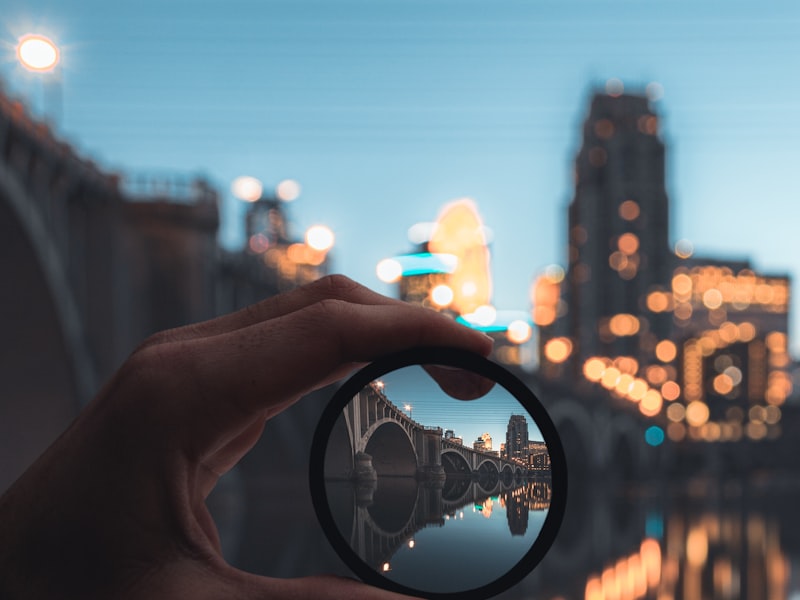How to Make Espresso Machine Coffee
An espresso maker can make a delicious cup of coffee, however it requires some more setup and maintenance than a standard drip coffee maker. You must also grind and tamp the beans yourself.
The secret to making espresso is pressure. The way an espresso machine operates is that a heating vessel heats the water to the right temperature, then forces it out of the spouts, and then through the grounds.
Temperature
Espresso is created by forcing hot water under pressure through finely ground coffee beans. The temperature of water is essential to the final shot. Low temperatures lead to a absence of flavor compounds. The high temperatures can cause over extraction, which may cause bitter or burned taste.
The ideal temperature for espresso is between 195 and 205 degrees Fahrenheit. This temperature can be achieved using a grouphead designed to maintain the same temperature and stability throughout the process of brewing. The E61 is the most sought-after group head as it offers temperature stability, pre-infusion capability, and lever control.
It is crucial to take into account the temperature when you adjust your espresso machine to different roasts or brew ratios. homesite can affect the extraction yield and the crema. The ideal temperature will vary according to the roast and beans. However the general rule is that lighter roasts with higher brew rates require higher temperatures. A good thermocouple is also crucial to keep the same temperature.

Pressure
During the brewing procedure, espresso machine coffee is pushed under pressure through finely ground coffee grounds that have been stamped. This causes chemical reactions to extract flavors, oils and other soluble ingredients from the beans. The beverage produced is usually richer and more flavorful.
The ideal espresso machine pressure should be nine bars which is the equivalent of sea-level pressure. The soluble compounds present in the espresso bean can be best extracted at this pressure.
However some espresso machines advertise as high as 20 or 15 bars of pressure. While these machines may achieve these levels of pressure but they might not be in a position to maintain that level of pressure throughout the extraction.
One bar of pressure is equal to 32 pounds per square inch (PSI) of the tire of a car. It's also four times the pressure a professional cyclist uses when filling their bicycle tires. The ability to control the espresso machine pressure and create consistent espressos is essential for any serious barista at home.
Water
The water you use to make espresso is one of the most important elements of a good cup of coffee. The correct water can help your beans reach their full potential. However the wrong type of water could cause problems like clogging pipes or even damage to your expensive machine.
To get the best espresso extraction, you should choose the natural spring that has a high mineral content. This water will enhance the flavor of your espresso without chalky mineral traces that are found in tap water or bottled water. This is a great alternative to distilled or reverse osmosis filtered water, which may be too pure and cause problems with flavor.
It is not recommended to use a water filtration system that removes excessive mineral content from your tap water. This could cause taste and extraction problems. Buy a water testing kit to determine the average hardness of your local water. This information can be used to find the ideal filtration system for your espresso machine.
Beans
Many coffee enthusiasts get very involved with the whole process of making espresso. They are obsessed with a variety of variables, such as temperature, water pressure beans, milk viscosity, and other factors. If one of the variables is slightly off, the whole shot may taste bad.
The beans used are the most important aspect when it comes to espresso. Many believe that only certain varieties are suitable for espresso. While certain beans are designed for specific uses but any bean that is roasted can be used to make espresso. The main difference between espresso beans and regular coffee beans is that espresso beans are roasted for longer and tipycally over the second crack and give them an appearance darker and makes them more water-soluble.
Dark or medium roasted beans are best for espresso, since they give espresso shots a richness and a boldness. Light roasted beans can also be used to make great espresso, especially when they are ground prior to use to make it easier to use an espresso maker.
Milk
Espresso and milk are a traditional combination. Not only does the coffee increase energy levels, but the steamed milk helps balance the bitterness of the espresso and adds a delicious creamy flavor. This is one of the most delicious culinary pairings!
When you are choosing an espresso machine capable of making latte, or the cappuccino as well be sure to think about the ease to use. A majority of the top espresso machines come with a jug of hot or cold coffee and steam wand. They also come with an espresso portafilter that can be used to make the shot. Some models come with a built in grinder, tamper and frother.
The steam wand needs to be cleaned prior to using it for the first time throughout the day (or after each cup of espresso) to remove any water that has condensed. This process is only 30 seconds, but it is vital to ensure that your machine stays running smoothly. If you don't cleanse, it can cause a bitter taste and/or a accumulation of bacteria that could affect the flavor or smell of your beverage. It's easy to do and should be a part of your regular maintenance routine.
